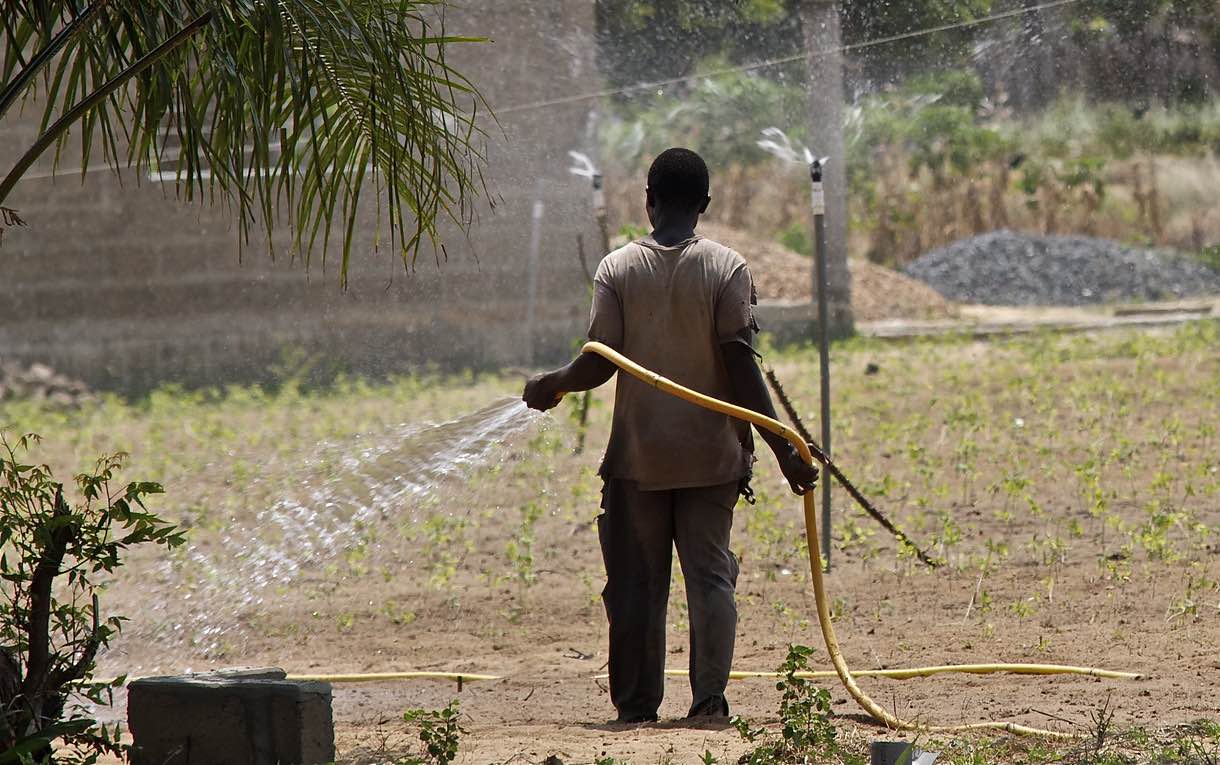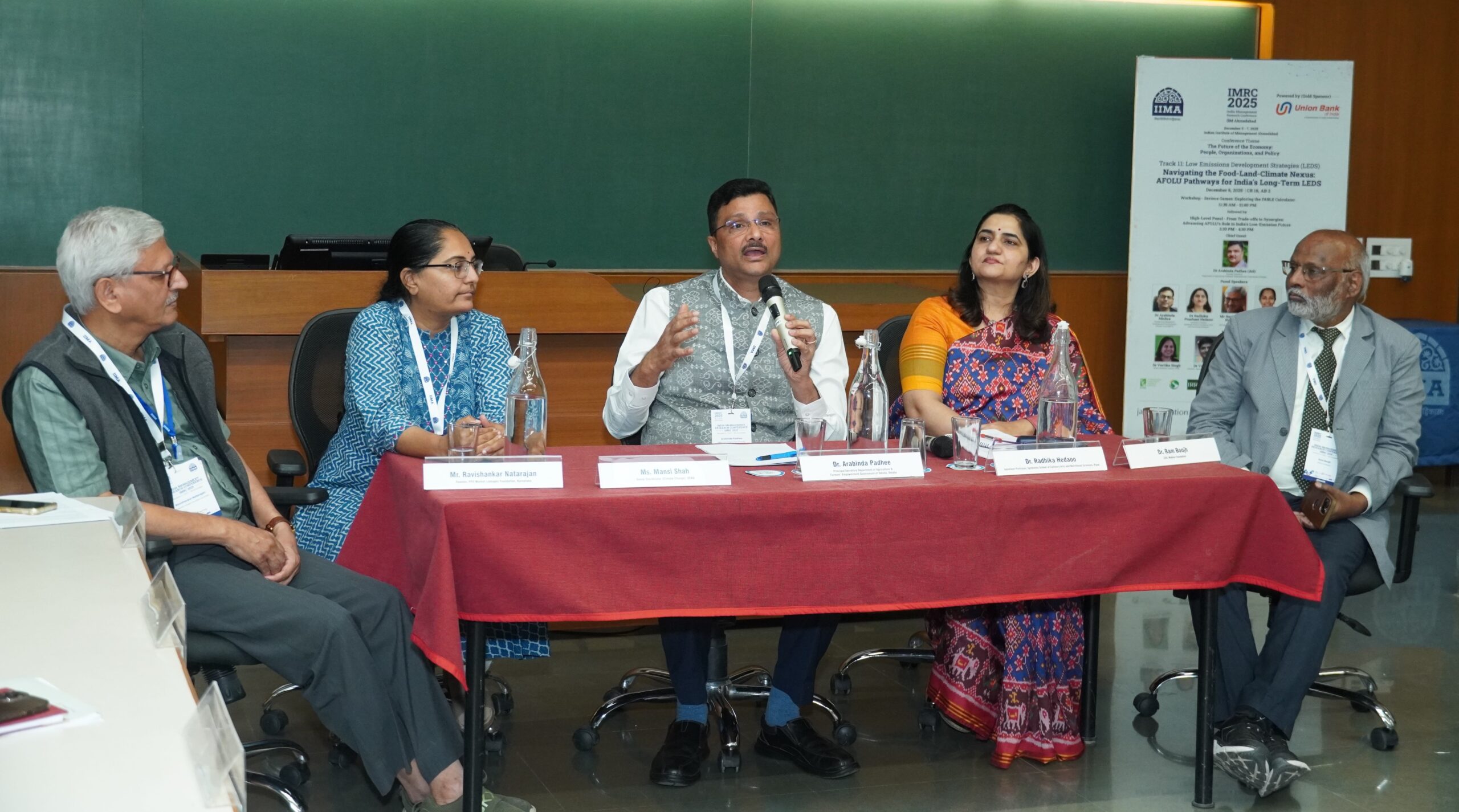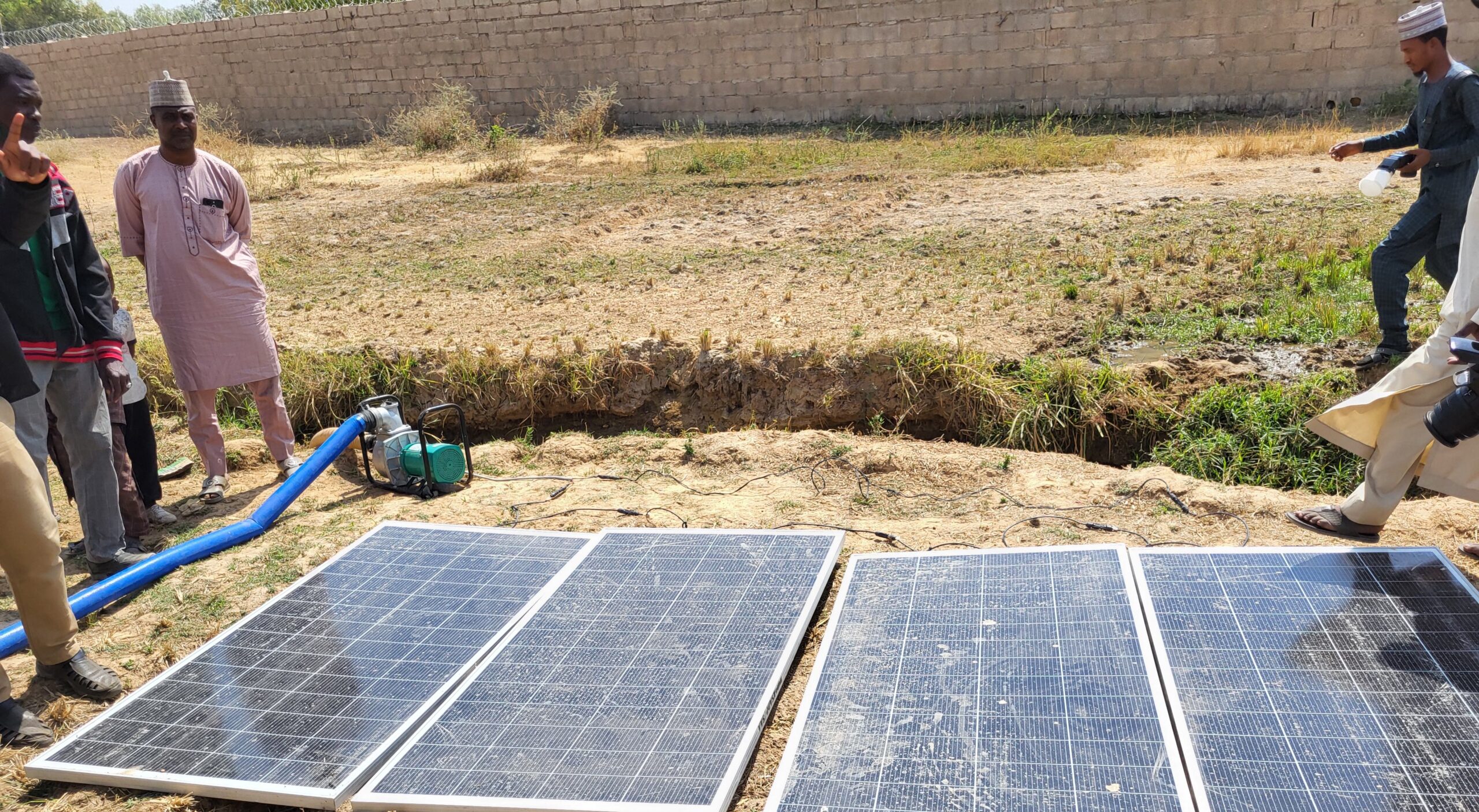Globally, irrigation has contributed to increased food production, lower food prices, higher rural employment, and overall agricultural and economic growth. It has been a key component of agricultural intensification and transformation in Asia and has the potential to take on the same role in sub-Saharan Africa.
But the future will not be like the past. The world now grapples with a successive wave of agriculture and food crises that directly involve irrigation, including heatwaves in India and Pakistan, the millennium drought in the Western United States, ongoing supply chain challenges and poverty impacts from the COVID-19 pandemic, and the war in Ukraine. These interlocking crises have contributed to global energy and food price spikes that generate additional pressures on water resources and irrigation, even if the media has remained largely silent on this nexus. For example, to counteract the challenges to secure wheat imports, Egypt, one of the world’s largest net importers of the crop, announced a series of increases in national wheat area of 2 million acres, an addition of around 50% over past wheat area. But all of this wheat will need to be irrigated, either by reducing irrigation of other crops, by further depleting scarce Nile water resources, or by drawing down the fossil Nubian sandstone aquifer.
A second example is Bangladesh, where higher food prices, a high food import dependency for oils and wheat, and fertilizer shortages are compounding food security challenges. With spiking diesel prices, irrigation cannot come to the rescue. According to Yasir Wardad of the Bangladesh Financial Express, 60% of cultivated land in the country is irrigated by diesel pumps, which are essential to grow a dry-season crop. Together with higher prices for tractor services, farmers had to spend an estimated additional $694 million for higher diesel prices in the most recent dry season alone, even before higher fertilizer costs set in.
Irrigation patterns and practices will invariably change in response to these crises, but likely not quickly enough to address urgent crises; and if changes are carried out badly, environmental impacts from irrigation will grow.
In most low- and middle-income countries, irrigated wheat or maize (and rice) are grown in large, heavily subsidized government systems, like those in Egypt. These are often gravity-fed, which reduces energy needs, but water use productivities tend to be low. Due to high set up costs and multiple players, such systems cannot be quickly ramped up in response to a crisis or other changed circumstances.
Given these rigidities of large-scale irrigation and growing climate impacts, many farmers have started to self-supply irrigation by buying their own technologies, a phenomenon dubbed farmer-led irrigation and researched by the USAID Irrigation Innovation Laboratory for Small-Scale Irrigation (ILSSI). Given the investment costs and typically small plot size, these farmers tend to grow vegetables, fruits, sometimes pulses, and even fodder. But in South Asia, such small-scale systems also receive public support and are often used to grow rice or wheat; for example, in eastern India or Bangladesh. Self-supply and large-scale systems are important complements; but going forward, all systems will need to adjust to adapt to climate change and other stresses.
Where, then, does the future of irrigation lie? For various reasons including climate change, rapidly growing non-irrigation demands on water resources, the pressures on growing crops in water scarce places, and crises such as the Ukraine war, the environmental footprint of irrigation needs to be reduced. At the same time, irrigated areas and development will need to grow—to allow farmers to navigate highly uncertain climate realities and ensure national food production growth. A recent paper describes five areas that help ensure irrigation to thrive and navigate today’s climate, energy and food security challenges:
1. Invest in knowledge, data, and monitoring
The irrigation of the future will need to be more knowledge-intensive. Every country should know how much irrigation is ongoing, the bottlenecks systems face, and the environmental impacts of irrigation, particularly as climate change impacts worsen. Remote sensing techniques are a promising avenue to improve monitoring and data on irrigation. The age-old adage applies even more so for irrigation, given that much of the water source is underground: we cannot manage what we cannot measure.
2. Improve the enabling environment
To support farmers—the world’s key stewards of extracted freshwater resources—secure water rights systems will be essential. Such regimes convey both rights and responsibilities and provide incentives for investment in water-saving technology. Farmer involvement in water allocation, for example, through water user associations can also help to increase water productivity and food production.
3. Improve irrigation technologies and system performance
Continuing advances in irrigation technologies are essential to both lower costs and to further increase precision of agricultural water use. We have seen rapid expansion of drip and sprinkler irrigation in the most water-scarce areas of the world—but these systems need monitoring to avoid water depletion. System performance can also be improved by incorporating multiple water uses, such as fisheries and livestock watering, into irrigation systems.
4. Improve economic incentives for irrigation sustainability
Although irrigation water is seldom priced, pricing, even if indirectly done, can improve efficiency and sustainability, if accompanied by supporting policies. An example is groundwater irrigation where farmers pay for diesel, petrol, or electricity to pump water out of the ground. In these systems, water and agricultural productivities tend to be higher as water is more precisely applied when needed and paid for. Solar groundwater systems and those run on free electricity, on the other hand, use water less efficiently. These systems need to be linked with strong institutions and proxy pricing measures to avoid water wastage to reflect current and future water scarcities
5. Improve policies that affect irrigation’s performance and future
Importantly, improving irrigation sustainability depends on a number of complementary investment policies, including those in agricultural R&D—particularly breeding for increased water use efficiency of crops, and also for heat and drought stress and flood submergence.
Open trade policies are similarly important for irrigation’s future performance. In recent years, agricultural trade has faced many challenges, due to the COVID-19 pandemic, conflicts, and climate impacts. Yet open trade is essential for irrigation’s future as it supports the production of food in locations with the greatest comparative advantage—that is, water-abundant countries. Other agricultural and trade policies that directly hurt irrigation include the continued subsidization of fossil fuels, fertilizers, and key water-guzzling crops, such as rice and sugarcane, as well as water-intensive animal source foods, including dairy cattle, in many parts of the world.
A third set of important policies focus on nutrition. National food-based dietary guidelines (FBDGs) that include environmental considerations can help steer food demand patterns toward those crops and livestock products that require less water resources.
In sum, the future of irrigation cannot repeat the past; it will be more trickles than torrents, and only drops in the most water-scarce countries that are called yet again to grow more food. Navigating pandemics, wars, and climate extremes will all require much more serious investment in and management of the world’s agricultural water resources. That in turn requires improving knowledge intensity and farmers’ rights and responsibilities vis-à-vis water resources. For now, global food and trade policies continue to ignore the world’s most precious resource: water. But at a cost.
Claudia Ringler is Deputy Director of IFPRI’s Environment and Production Technology Division. This post first appeared on Agrilinks.







